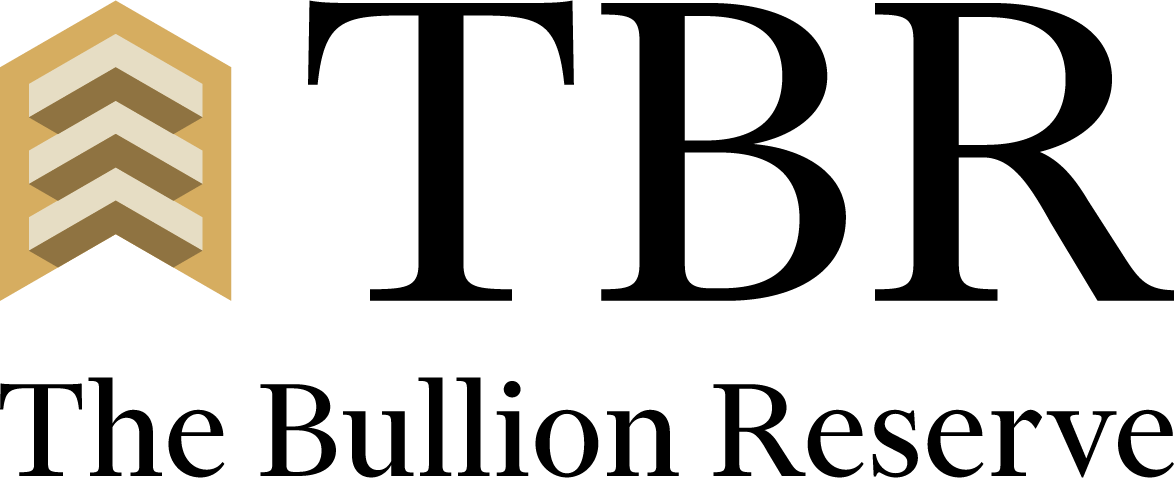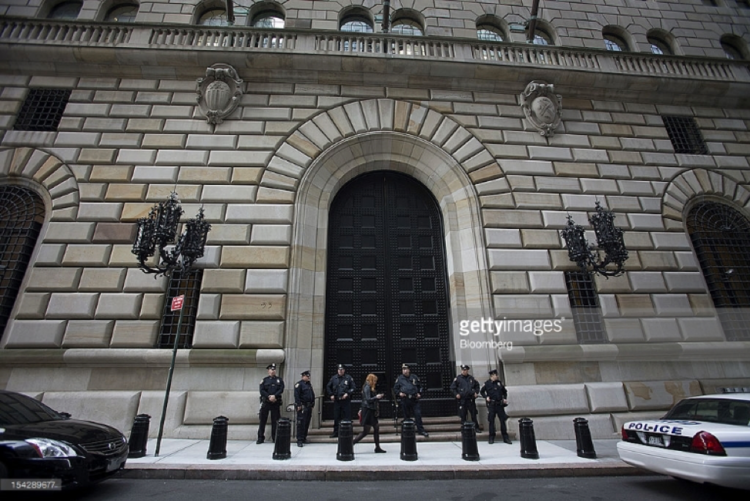The Lessons of Panama
By now, everyone has heard about the "Panama Papers" - a leak that exposed dealings of numerous public and private figures from around the world. The revelations came after someone, as yet unknown, delivered to the press 11.5 mm documents that were taken from the confidential database of a large Panamanian law firm. As you can see on the chart below, cyber leaks have been getting progressively larger with the Panama leak being by far the largest document leak in history.
We wanted to share a few observations about this incident that I thought were directly relevant to the TBR strategy:
The leak resulted in an indiscriminate release of private records, both criminal and legitimate. Cyberattacks do not parse out innocent bystanders, which puts a high value on choosing where and with whom to place one’s assets.
Criminals deserved to be exposed but not those who sought legitimate privacy. Nevertheless, not only will the innocent need to prove the legality of their dealings, they may also be called to document their sources of funds, which is neither easy nor inexpensive to do.
Digitization has created new risks that require new thinking. Mass document leaks used to be impossible because of the physical limitations. For example, assuming 3 pages per document, 11.5 mm documents would take 12 years' worth of man-hours to photograph and would require 60,000 reams of paper to print. At 5 lbs per ream, the Panama Papers would weigh 140 tons - as much as two Boeing 737s! What used to be impossible has become easy.
The attack and its immediate aftermath offer four clear lessons:
Digital media are acutely vulnerable to catastrophic cyberattacks. With all of the records, bank deposits and securities having been converted into digital form, the importance of managing cyber risks cannot be overestimated.
Digital cash and securities are just as vulnerable as digital records. Only last month, hackers stole $100mm from the New York Fed account of the Bangladeshi government. It was done remotely and without the need to storm the physically impregnable fortress that houses the New York Fed. The money is still missing.
NY Fed building in lower ManhattanNY Fed building in lower Manhattan
Whilst real assets offer effective diversification since they can be neither hacked nor easily stolen, most real assets are not readily liquid. Physical gold is the only real asset that is universally liquid, practical to own without exposure to financial counterparties and is impervious to cyber risks.
The war on cash - the hunt of over-indebted governments for additional revenues - is making previously legitimate geographic diversification and asset protection strategies to be fraught with significant legal and reputational risks. This calls for different thinking and new solutions.
The war on cash, the cyber risks and the pressure on asset protection strategies are set to intensify further. As it is, TBR was designed to protect assets from systemic risks, in anticipation of the very kinds of problems we are already seeing around the world. This latest incident further highlights the value of our unique approach:
Cyber security - TBR based its strategy for preserving liquid purchasing power on physical gold. Unlike the digitized cash, stocks and bonds, gold bars can be neither stolen nor erased electronically.
Privacy - As the scrutiny of individual arrangements intensifies, one has more privacy when investing through a legitimate, compliant private vehicle such as TBR than when going it alone.
Property rights - TBR uses a standard Delaware/Cayman private fund structure that is used by thousands of conventional investment funds and countless institutional and HNW investors worldwide. It offers ubiquity, well-defined property rights, fiduciary protections and independence from financial counterparties.
Legitimacy – TBR’s structure is regulated by the Cayman Islands Monetary Authority and its domiciles, Delaware and the Cayman Islands, are routinely used by the US businesses and asset managers. Neither jurisdiction is on the Panamanian law firm's list of tax havens.
Global compliance - Employing the asset administration arm of MUFG, the sixth largest global bank, to ensure TBR's global AML and KYC compliance provides strong protection against potential legal challenges and reputational risks.
US compliance – TBR’s structure uniquely allows US taxpayers to ensure full compliance by keeping their TBR interest in the US tax and legal system, while having the bullion stored outside of the financial system and getting the benefit of global diversification.
Whilst these developments pose significant risks to all investors, we are gratified that our decisions in structuring TBR and in designing its strategy are being validated.



